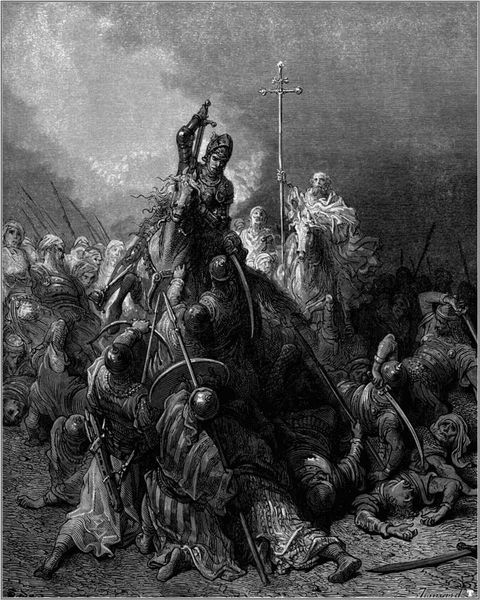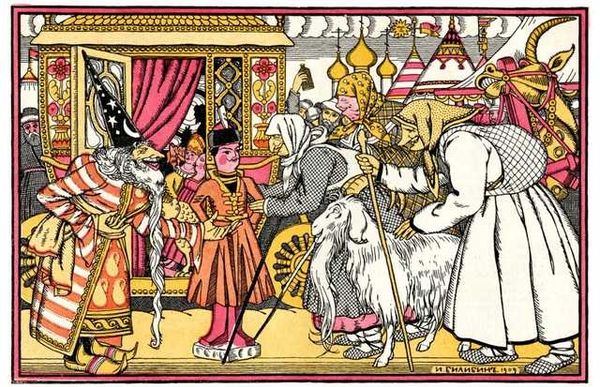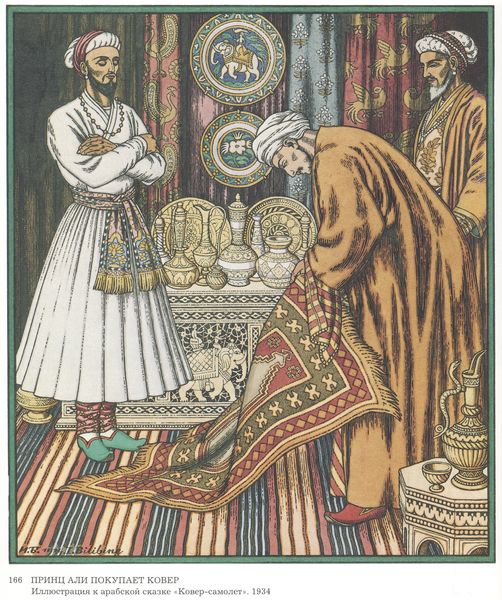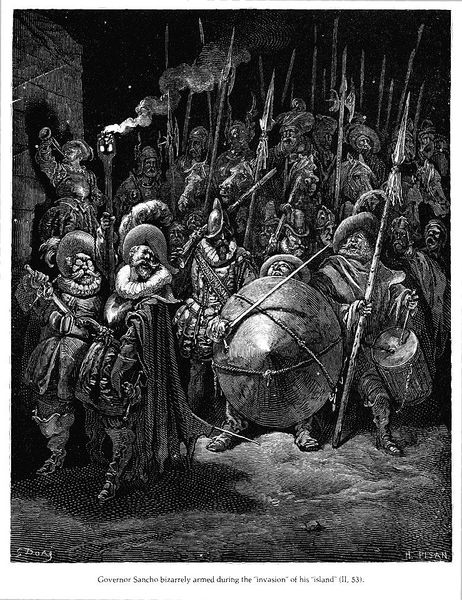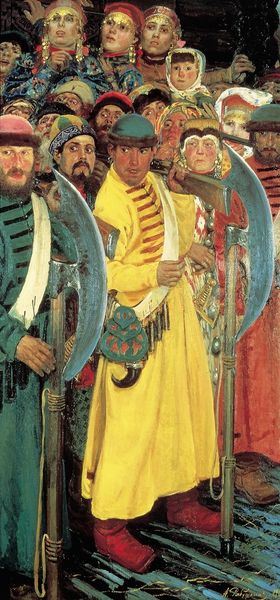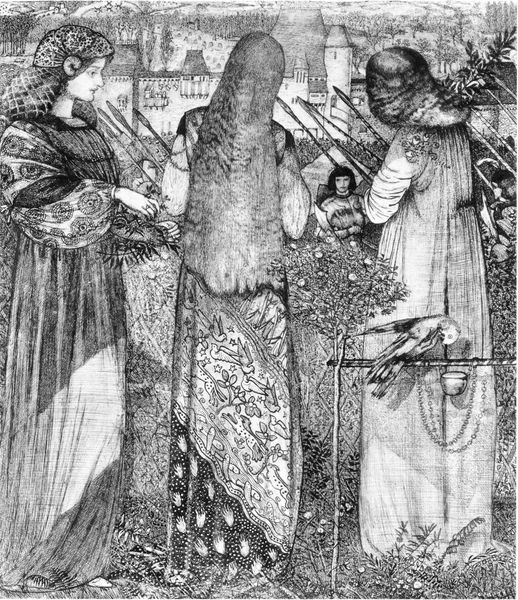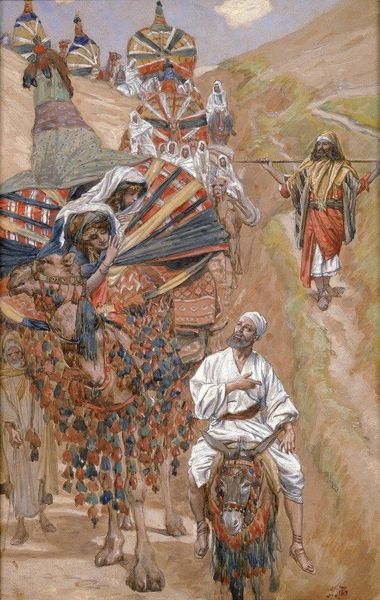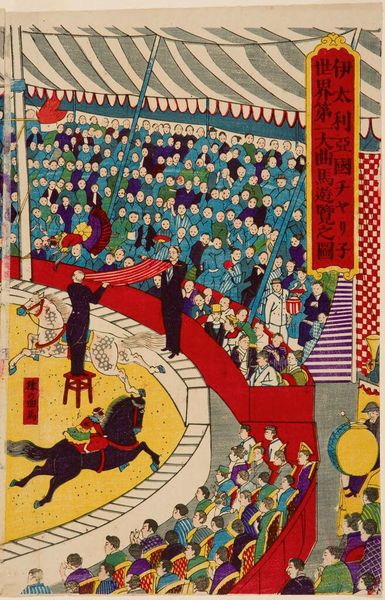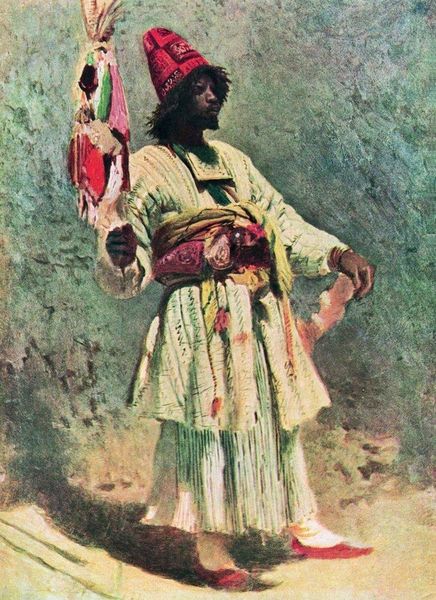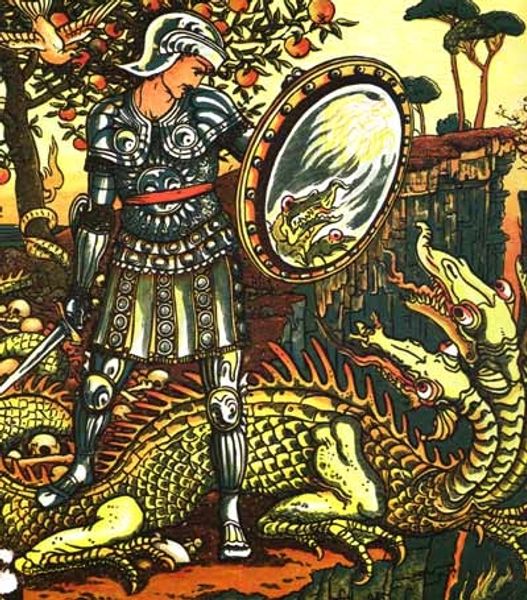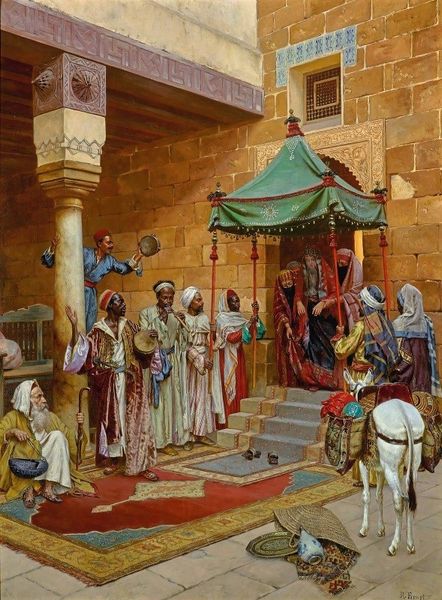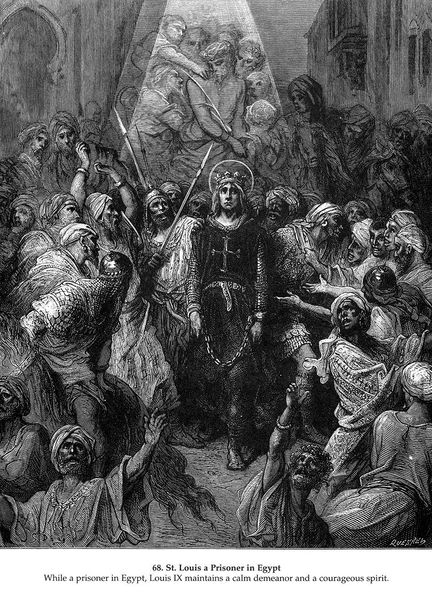
painting
#
fairy-painting
#
medieval
#
narrative-art
#
painting
#
naive art
#
orientalism
#
mythology
Copyright: Public domain
Curator: What a striking image! It feels almost theatrical, in a flattened, storybook kind of way. Editor: It certainly is! What we are viewing is a painting from 1874 by Walter Crane called "The Frog Prince and Other Stories." Notice Crane’s distinct color palette and use of line. It is decidedly stylized. What stands out to you about the creation of this piece? Curator: I’m immediately struck by how Crane integrates what looks like an almost orientalist aesthetic alongside very obviously medieval costuming and fairytale subjects. The materials employed must have been carefully considered for their reflective and chromatic properties. This clash or rather the confluence is a very unique choice by the artist in rendering the fairytale theme. It reminds us that Crane trained as a wood engraver and clearly brings a craftsman’s sensibilities to what would be thought of as fine art. Editor: Indeed. I see potent imagery, even beyond the fairy tale allusions that you've touched upon. Consider the almost overwhelming abundance. There is that royal figure, adorned in striking attire, and surrounded by a mass of figures each a repository of complex symbols—turbans signifying power, necklaces alluding to wealth. There is also a feeling of naive optimism radiating outward from that golden coin spilling onto the ground; prosperity and new opportunities await if one is brave. Curator: The “naive art” aspects are undeniably compelling here. Look at the procession; the application of the yellow pigment so generously spread evokes ritual or carnival atmosphere. And that raises some important questions, what kind of pigments and tools are used, and what can this process tell us about Victorian society at that time? Is it meant as social commentary? How does the mechanization of printmaking influence such artistic style? Editor: These figures really do resonate with symbolism, but you raise important considerations about how this visual symbolism manifests, in terms of production. Crane successfully touches upon psychological touchstones through a vibrant pictorial language; an expressionistic style born of its materiality. Curator: In looking closely at the work as an object and document of artistic, craft-oriented work, rather than an allegorical display, helps to further examine and see this piece more wholly. Editor: Agreed. These cross-sections, the imagery as well as the art and labor that brings it into form, truly enrich one’s experience.
Comments
No comments
Be the first to comment and join the conversation on the ultimate creative platform.
